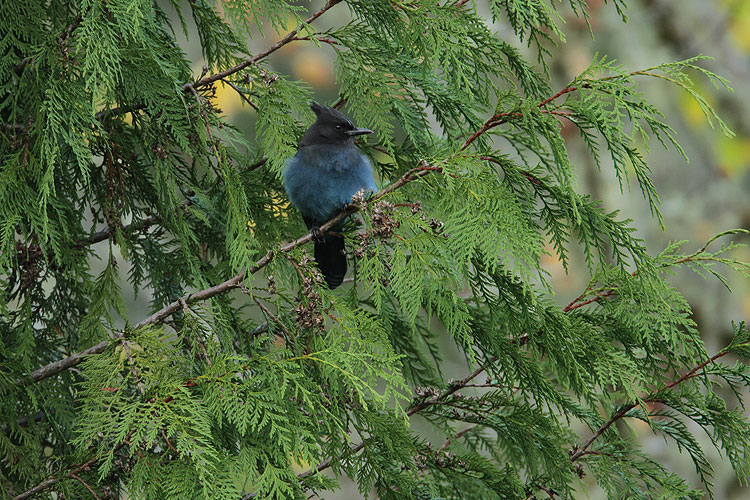 |

Western Red Cedar (Thuja plicata). Western Cascade Range.
A cornerstone organism in native American cultures of the Pacific Northwest, Western Red Cedar may well have defined the population boundaries of coastal peoples of today's Oregon, Washington and British Columbia. Western Red Cedar is an evergreen tree in the Cypress family (Cupressaceae) and an important winter browse plant for big game, such as Mule Deer and Wapiti along the coast.
The many uses to which the tree was put by the Kakawaka'wakw earned it the name "tree of life"; people standing with their backs against the trunk would gather a life force from the tree--and, another common name for the tree is Giant Arborvitae. Timbers were used for homes, canoes, and boxes. The barks was shredded for clothing and its slow-burning character allowed fire to be moved from one location to another. The narrow limbs were boiled and twisted into rope. The leaves and buds are boiled for a gargle used to heal sore throats and lungs.
|

|

